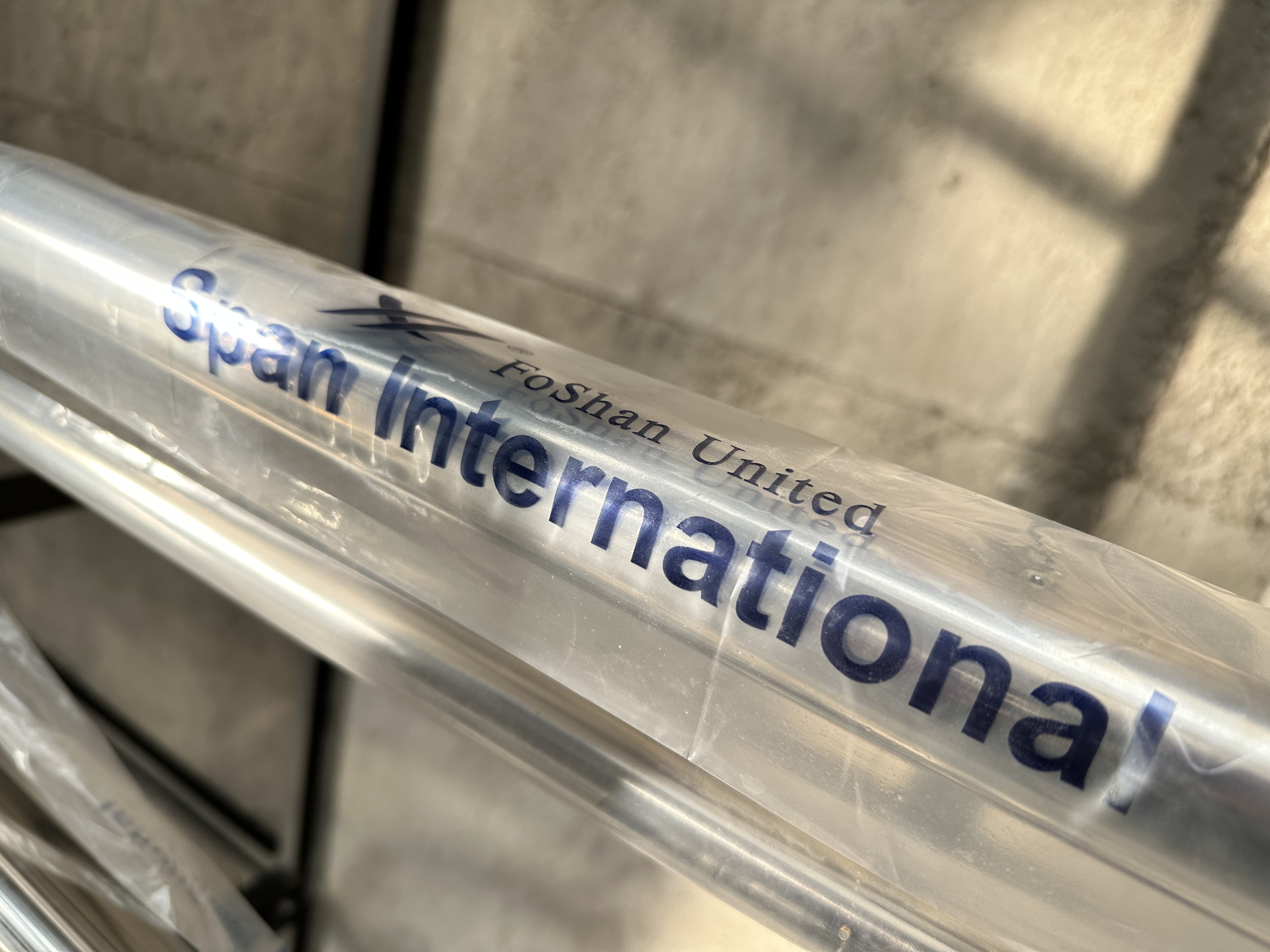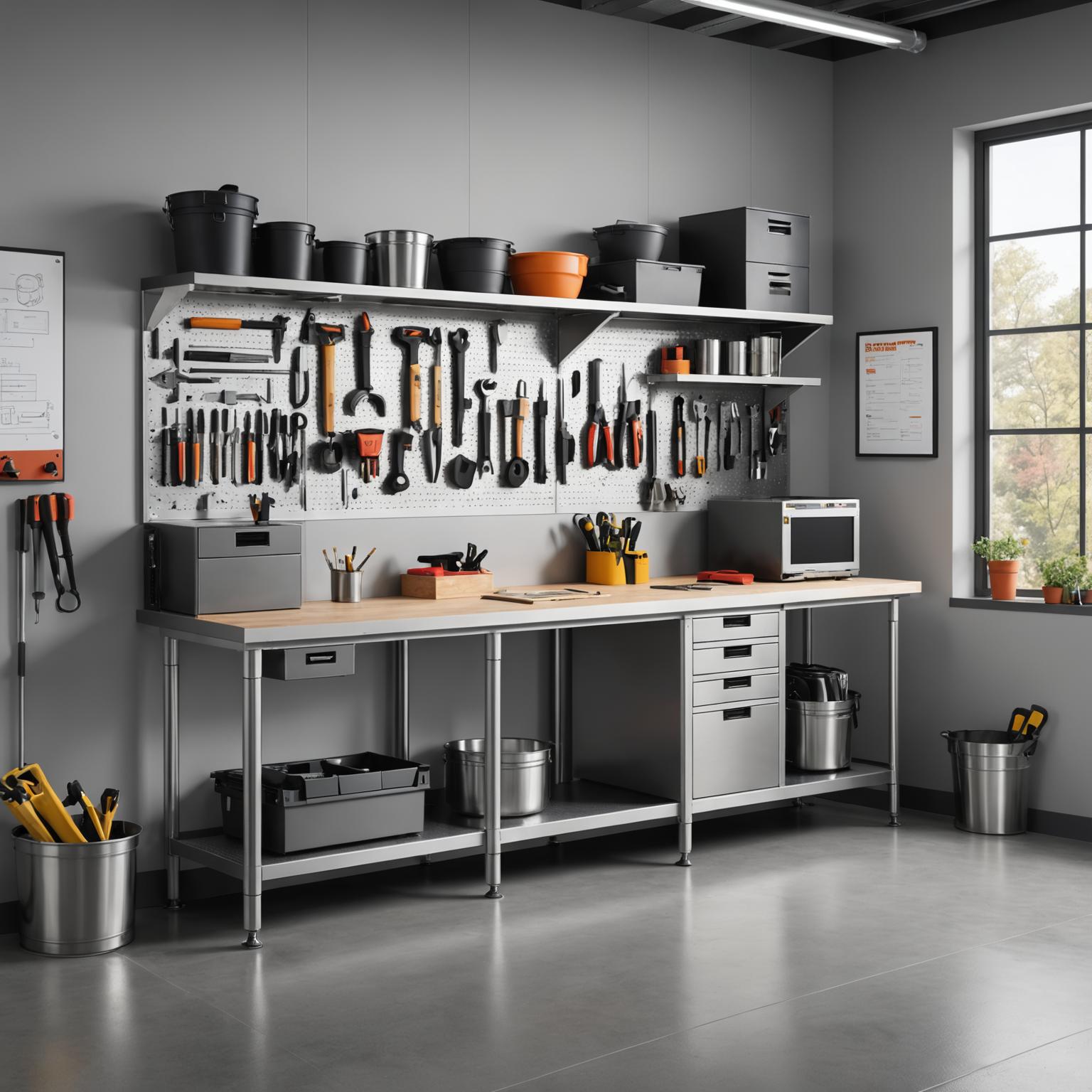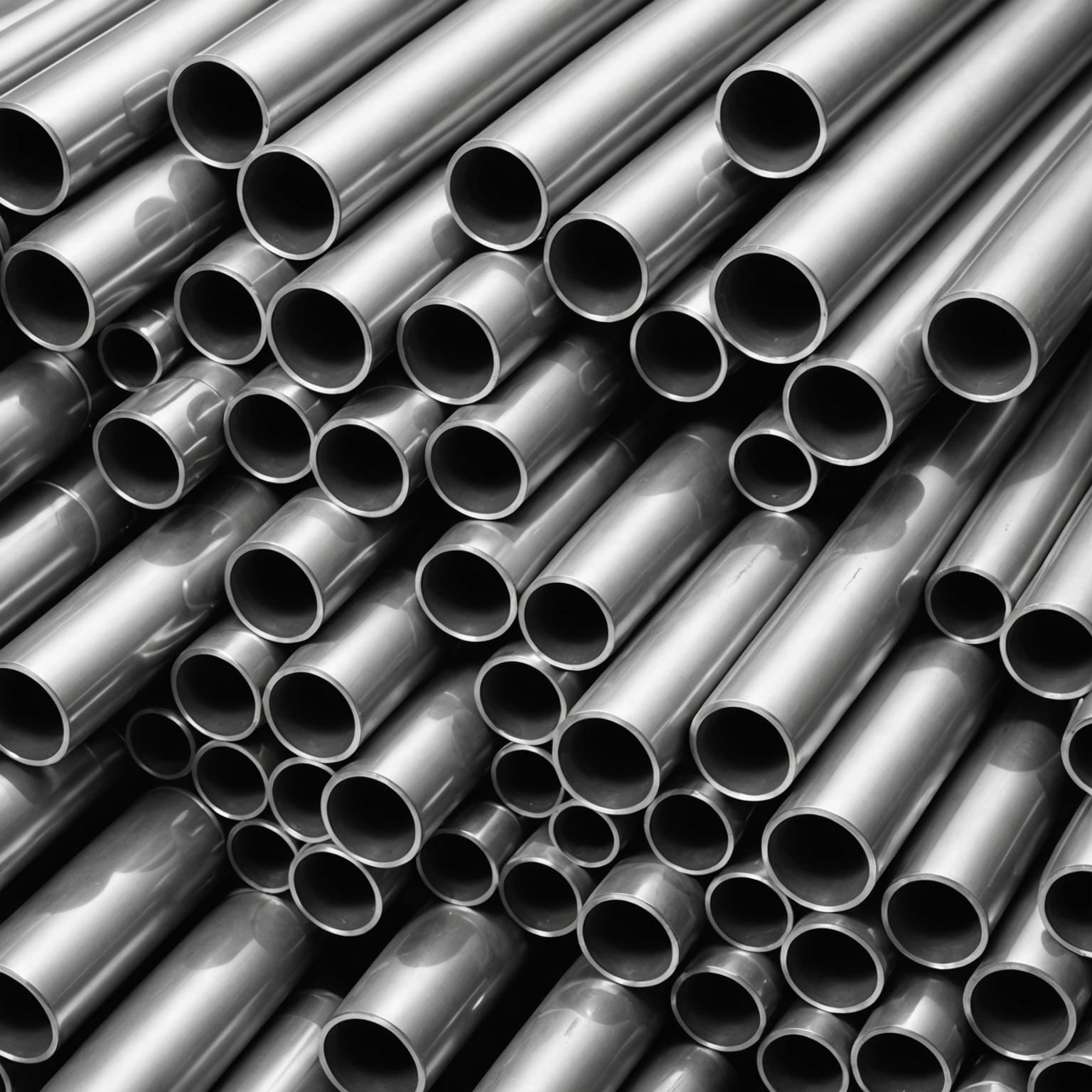How to identify inferior stainless steel pipes? 5 professional methods to help you avoid pitfalls
Stainless steel pipes are widely used in construction, industry, home and other fields, but inferior products are flooding the market, which not only affects the service life, but may also bring safety hazards. Learning to identify inferior stainless steel pipes can help you avoid economic losses and engineering risks. Here are 5 practical identification methods:
1. Observe surface quality
✅High-quality stainless steel pipe:
-
The surface is smooth and smooth, without obvious scratches, depressions or cracks.
-
Even color, common silver-white or matte effects (depending on the process).
❌ Short-quality stainless steel pipe:
-
The surface is rough, with burrs, oxidative spots or rust.
-
The color is dark and uneven, and may be disguised by spray paint.
Detection method: Wipe the surface with a clean cloth, and poor quality pipes are prone to residual black powder or fading.
2. Check the material composition (magnetic test)
✅High-quality stainless steel pipe:
-
304/316 and other austenitic stainless steel no magnetism or weak magnetic (maybe slightly magnetic after processing).
❌ Short-quality stainless steel pipe:
-
Use low-nickel materials such as 201 and 430 to impersonate 304, and is highly magnetic.
-
It may even be chrome-plated in iron pipes, with very obvious magnetic properties.
Detection method: Use a magnet to approach the pipe, and if it is strongly adsorbed, it is not authentic 304/316 stainless steel.
3. Verify thickness and weight
✅High-quality stainless steel pipe:
-
The wall thickness meets national standards (such as GB/T 12771), and the weight is consistent with the nominal specification.
❌ Short-quality stainless steel pipe:
-
The wall thickness is insufficient (such as the nominal 1.2mm is actually only 0.8mm), and cut corners.
-
The weight is obviously lighter and may be doped with other metals.
Detection method: Use a vernier caliper to measure the wall thickness, or compare the weight difference of products of the same specifications.
4. View certification and logo
✅High-quality stainless steel pipe:
-
The tube body is printed with brand LOGO, material (such as 304), and implementation standards (such as GB/T 12771).
-
Provides manufacturer quality inspection reports, SGS certification and other documents.
❌ Short-quality stainless steel pipe:
-
No logo or the label is blurred.
-
The merchant cannot provide a certificate of conformity.
5. Chemical reagent testing (professional methods)
-
Stainless steel detection potion: Drop on the surface of the pipe, and the nickel content is judged by the color change reaction (304 turns red, 201 turns yellow and green).
-
Salt spray test: Place the sample in a humid salt spray environment, and rust spots may appear within 24 hours of inferior pipes.
Common hazards of inferior stainless steel pipes
-
prone to rust and corrosion: affects service life, especially in humid or acid-base environments.
-
Inadequate strength: It may cause pipeline rupture and deformation, causing safety hazards.
-
Contaminated medium: In food-grade or medical scenarios, inferior pipes may release harmful substances.
Purchase Suggestions
-
Select a regular manufacturer or brand agent and request a proof of material.
-
Small purchases can be sampled and inspected first, and a quality agreement can be signed before mass purchase.
-
Beware of "ultra-low-priced" products. Be cautious when the price of 304 stainless steel pipes is 30% lower than the average market price. www.spanint.com








